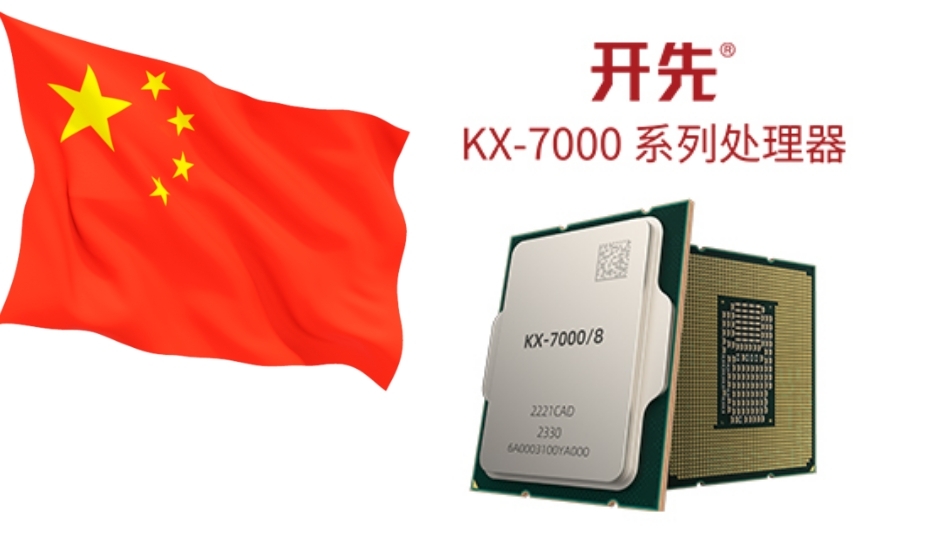
China's CPU Evolution: The Zhaoxin KX-7000 Series Challenges Intel's Dominance
Driven by Escalating Trade Wars, Chinese Companies are Pushing Harder to Develop their CPUs
NEWS Computer December 13, 2023 Reading time: 2 Minute(s)
In the landscape of CPU development, 2022 marked a decisive moment for Intel as it observed with caution the rapid advancements of China-based CPU manufacturers. Driven by the intensified trade wars between China and the US, companies like Zhaoxin and Loongson emerged as formidable contenders, raising concerns about their potential to disrupt Intel's position within the next 3-5 years.
At first glance, Intel's apprehension seemed unwarranted, considering China's previous generation desktop CPUs struggled to keep pace with Intel's i5 processors from as early as 2017. However, as the geopolitical climate shifted, Chinese CPU makers adopted a bold strategy: rather than developing X86 architectures from scratch, they embraced the approach of nonchalantly rebadging and redesigning existing Intel or AMD models.
A striking example of this strategy is evident in Zhaoxin's latest KX-7000 desktop CPUs, which bear a remarkable resemblance to Intel's Alder Lake and Raptor Lake models. Beyond physical similarities, such as the identical lid shape and socket dimensions of Intel's LGA-1700, the KX-7000 series introduces a "Century Avenue" X86 architecture featuring 8 cores without hyperthreading, hinting at a potential redesign of Intel's N300 processors.
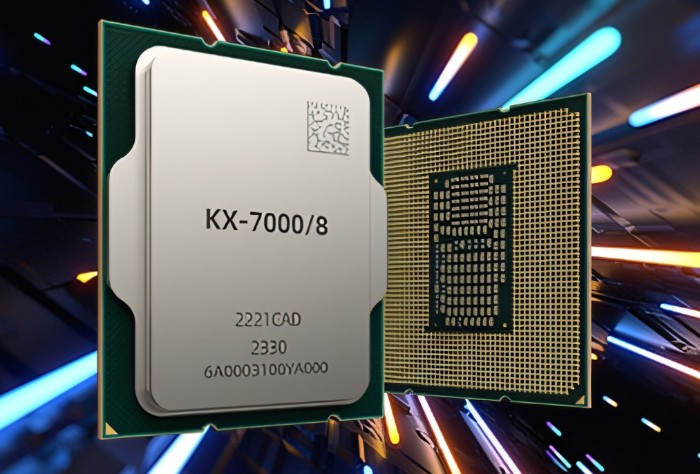
THE ZHAOXIN KX-7000 DESKTOP CPU
Delving into the specifications, the KX-7000 series distinguishes itself with a significantly larger cache size—4 MB L2 and 32 MB L3 caches. While unconfirmed, there are strong indications that these processors are built on 7 nm nodes. The series offers a range of clock speeds, with a slower variant at 3.0 GHz base and 3.6 GHz boost, and a faster alternative running at 3.2 GHz base and 3.7 GHz boost. Notably, support extends to 128 GB of DDR5-48000 and DDR4-3200 RAM, albeit limited to 24 PCIe 4.0 lanes. Connectivity features include 2x USB4, 4x USB-A 3.2 Gen 2, 2x USB 2.0, and up to 3x SATA III for storage.
A noteworthy departure from previous Zhaoxin desktop-grade processors is the inclusion of the company's first integrated GPU (iGPU) named C1190. This iGPU supports DX12, OpenCL 1.2, and OpenGL 4.6 instructions, along with H.265 HEVC and H.264 decoding.
Despite the intriguing specifications, Zhaoxin has not provided actual performance metrics, and integration into desktop systems remains unconfirmed. Considering the architectural similarities to Intel's Alder Lake and Raptor Lake, one might speculate performance levels akin to 2021/2022 i5 processors. However, the stumbling block for Chinese manufacturers remains driver support, presenting an ongoing challenge that adds a layer of complexity to their evolving position in the CPU market.
IMAGES CREDITS: ZHAOXIN
CPU Zhaoxin Intel CPU Architecture Technology News Trade Wars Chinese Technology Desktop CPUs RSNews RSMax
*Our pages may contain affiliate links. If you buy something via one of our affiliate links, Review Space may earn a commission. Thanks for your support!
CATEGORIES




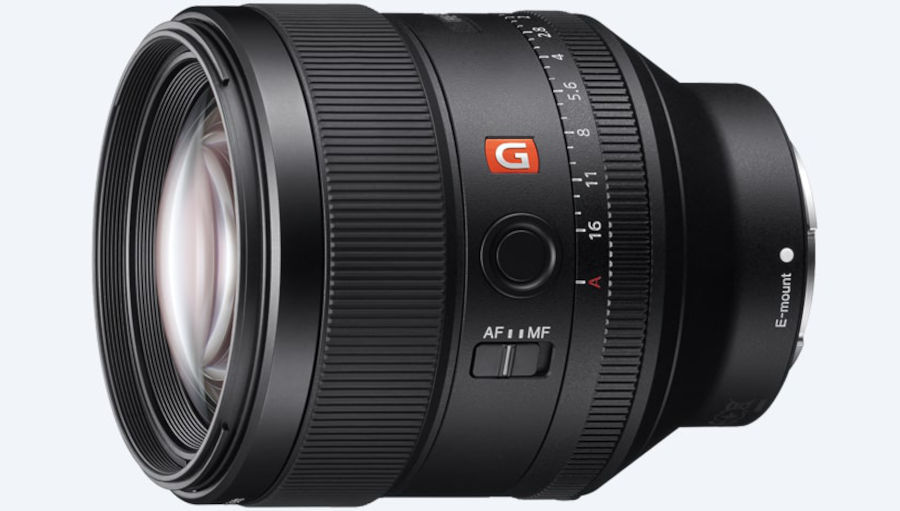
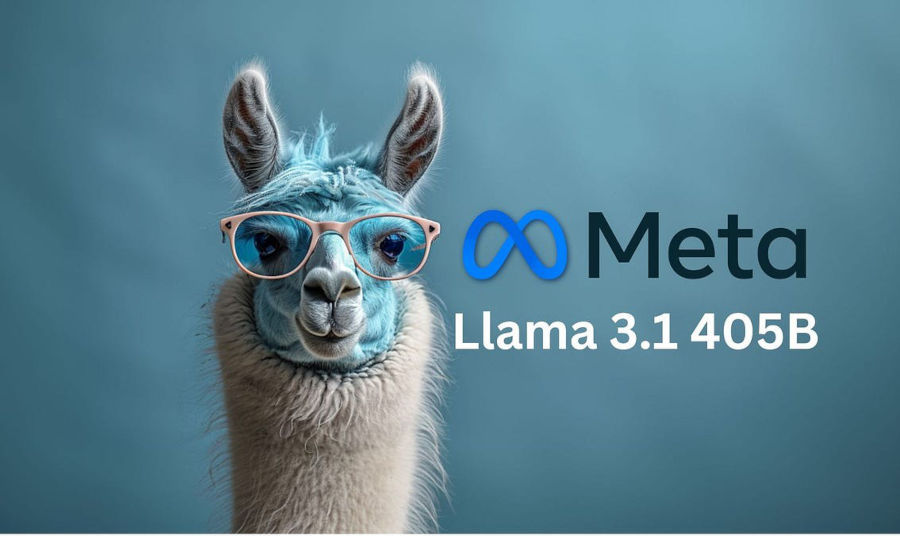
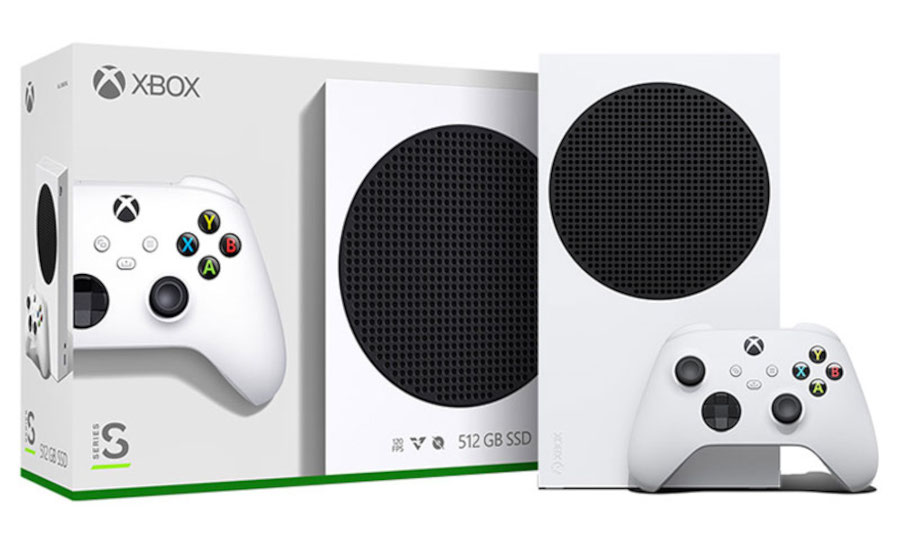




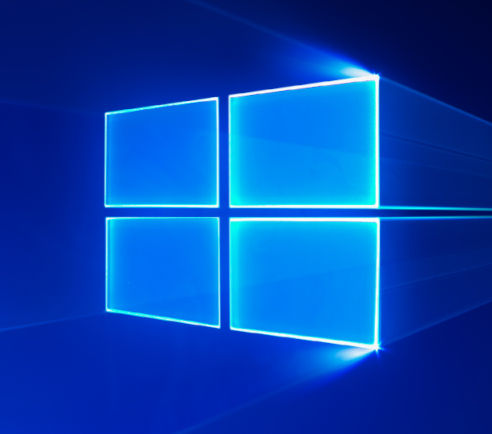







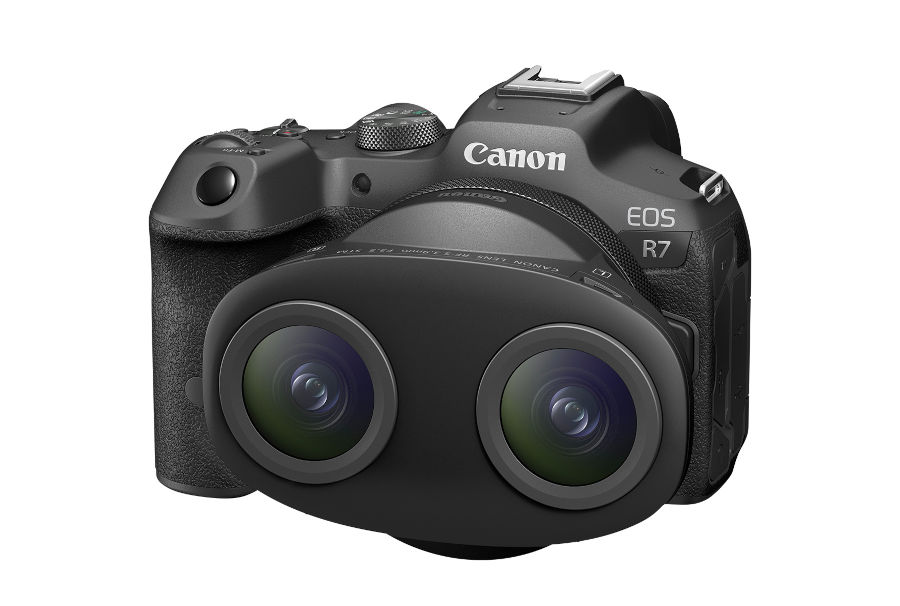
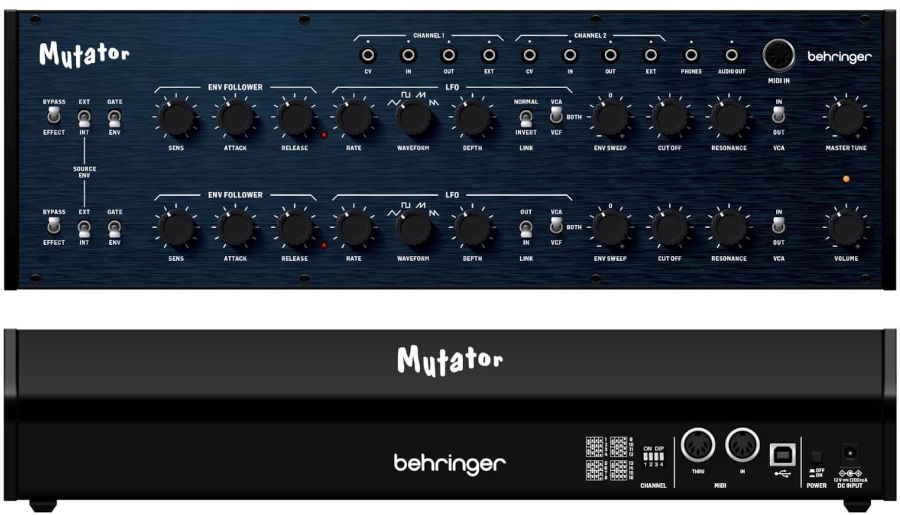
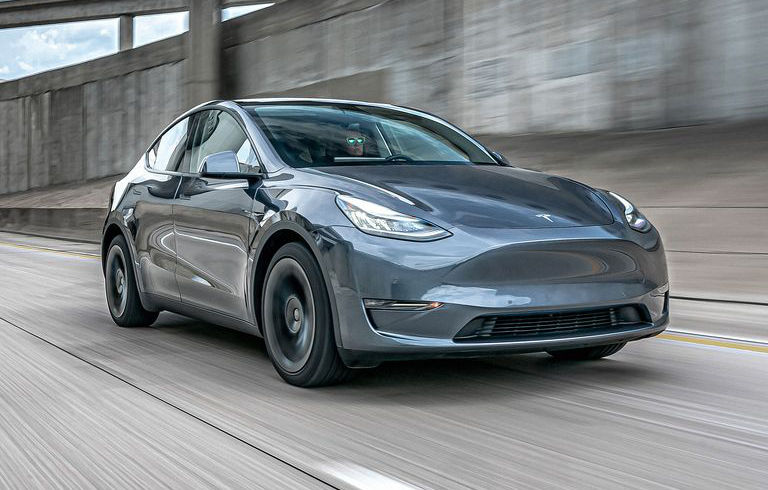



COMMENTS